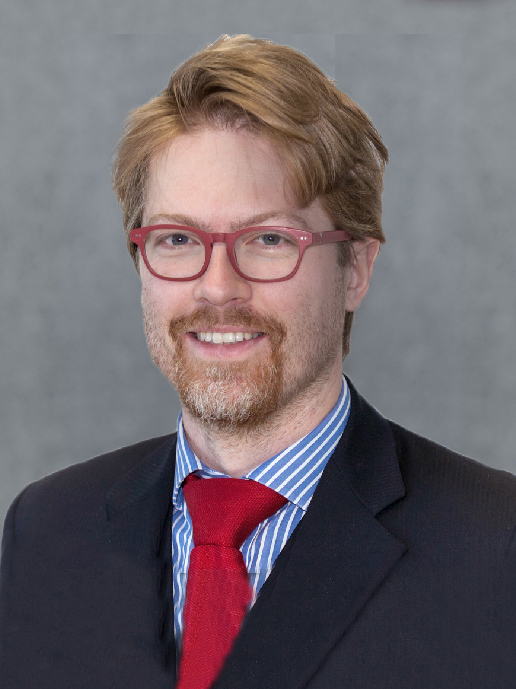Injuries of the nervous system belong to the most critical events in trauma patients, since nerves are responsible for impulse perception and processing. If these nerves are damaged due to accidents and trauma, impulses can no longer be transmitted and patients lose their sensibility and motor skills.
The group around David Hercher and Thomas Hausner examines both the impact on the central nervous system (CNS) and the peripheral nervous system. In the area of the CNS, reducing secondary damages of spinal cord injuries is essential. The research focus is therefore put on:
- New therapeutic aspects
- Molecular mechanisms
- Specific imaging techniques
Furthermore, the group researches the peripheral nervous system. The aim is thereby to improve the regeneration of peripheral nerves as well as the re-innervation to targeted organs such as skeletal muscles. Emphasis is put on:
- Development of bio absorbable synthetic nerve transplants
- The impact of phenotypical differences on the regeneration after nerve transplantations
- The impact of Extracorporeal Shockwave Therapy on the regeneration of peripheral nerves
- Improvement of the gliding capabilities of nerves in tissue
- Improvement of micro-surgical suturing techniques (end-to-side technique to connect severed nerve stumps to already existing nerves)
- Improvement of end results of brain function after nerve reconstruction by using a training device to produce multimodal virtual sensibility
All these research findings are aimed at being translated into the clinical application to contribute to improving the care of trauma patients. This is already the case for end-to-side coaptation of nerves, the use of virtual sensibility and the improvement of the gliding capabilities of nerve tissue.








